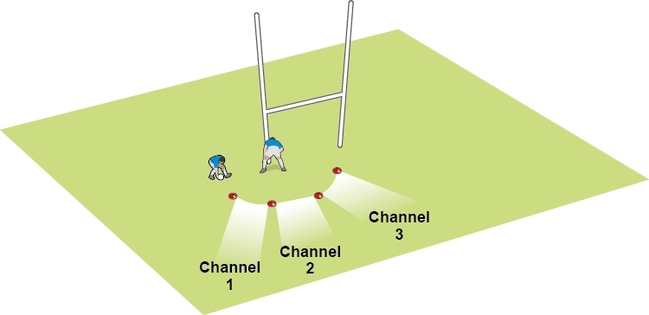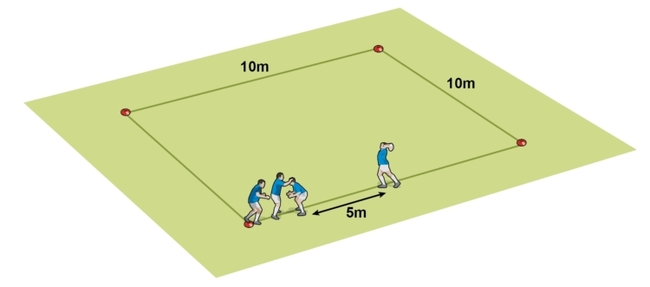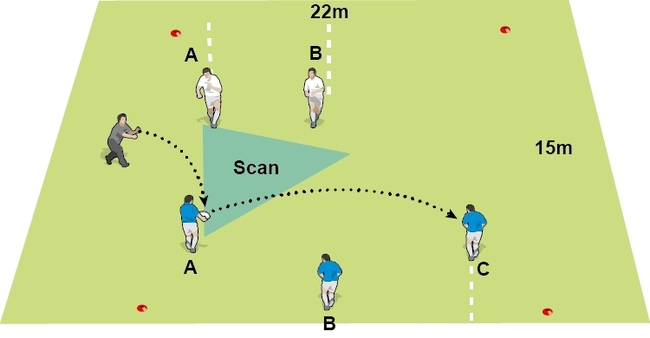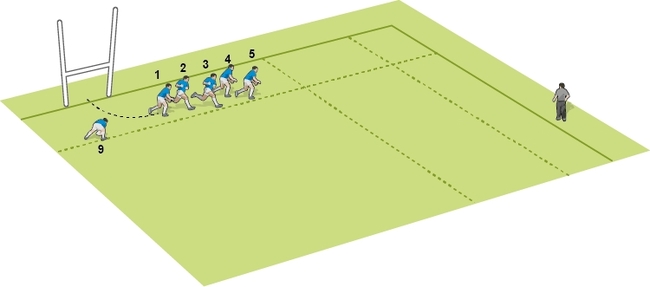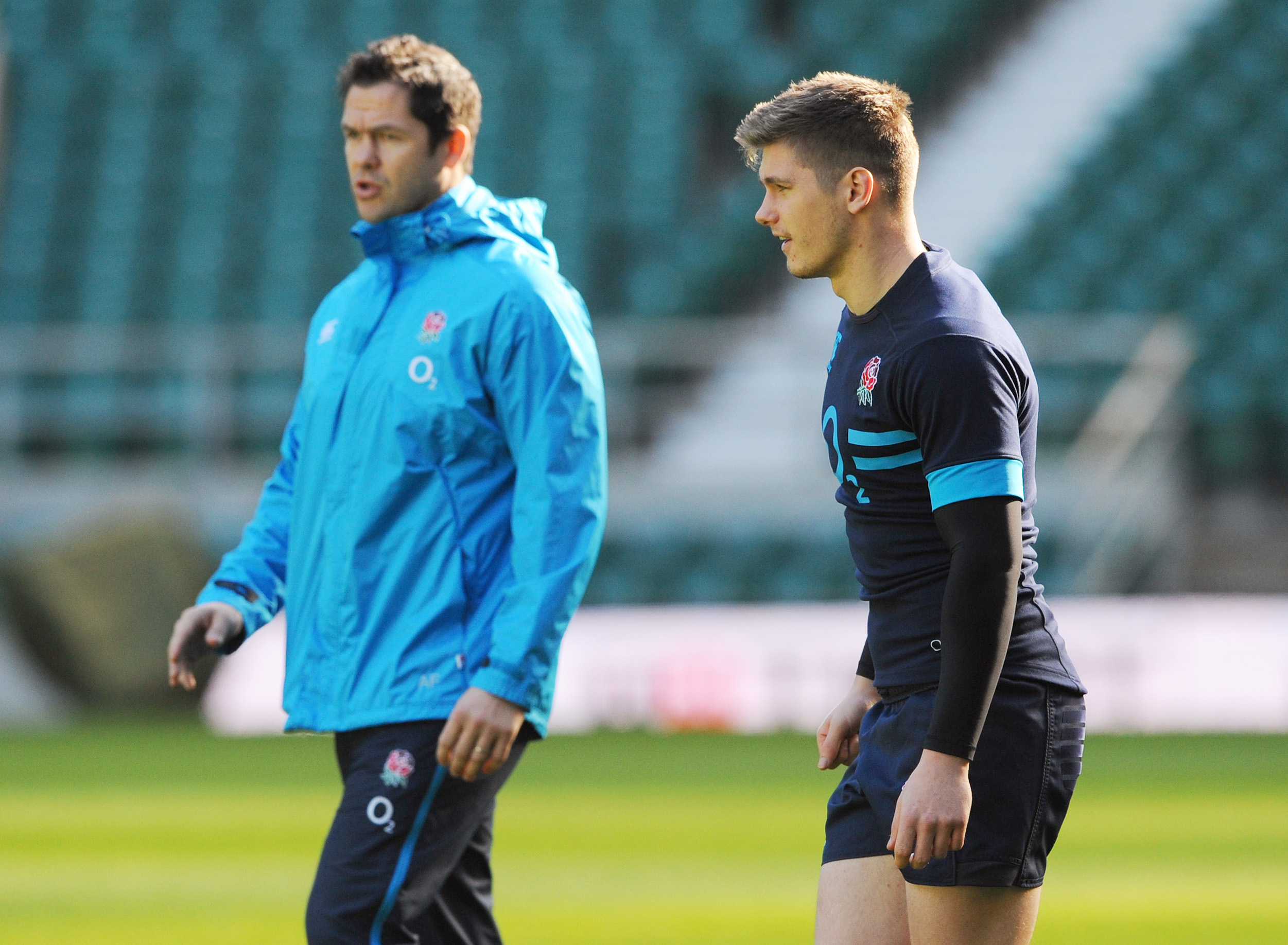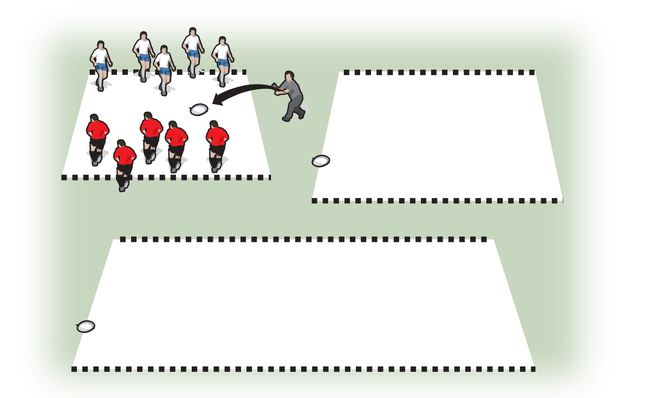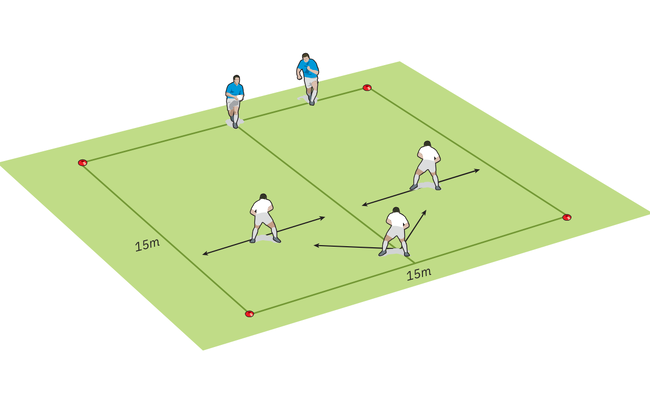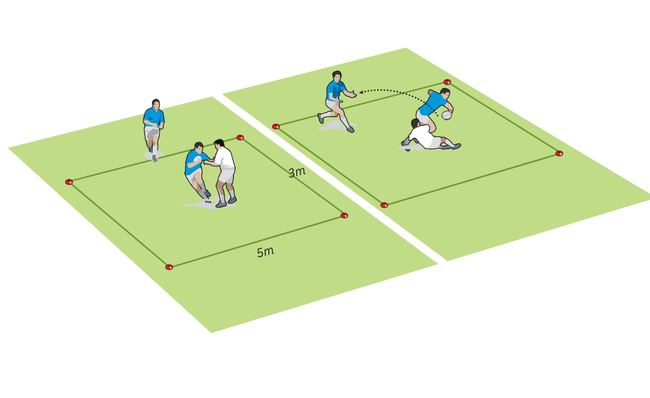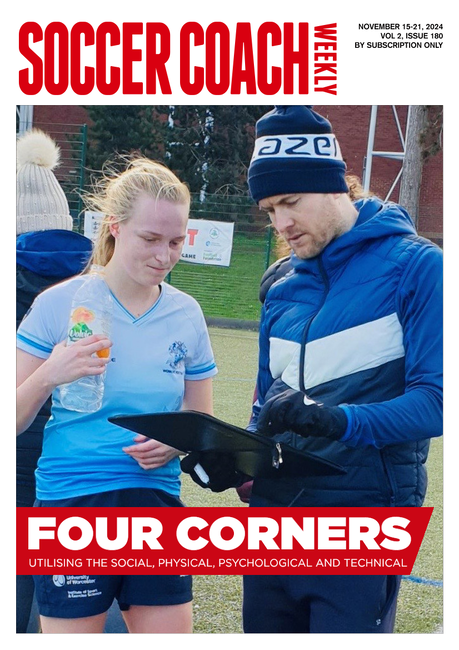Ask Dan: Spreading out and exploiting space
Coaching problem? Put it to our head coach Dan Cottrell. This time: Encouraging players to spread out and exploit space.
"Our strong players remain egocentric and the team are often bunched. How do we get them to exploit space?"
- U10s Coach, Bristol
At Under 10s level, players often struggle to recognise that a couple of passes can open up the game.
Instead of passing to space, they simply run there. That reduces the impact of team-mates, and often it is only the quicker or stronger players who get their hands on the ball.
Solve this with these two long-term fixes:
1. Core skills – for a reason
Many players simply don’t pass the ball enough in training to allow them to develop the catch-and-pass skills necessary to exploit space.
When they do pass in games, they do it out of panic or last resort, rather than for a reason. It’s no good running up and down the pitch, passing – your players need to put in plenty of passes that matter during training.
These passes should be under increasing pressure. Start with static passing races, then move to a race where at least one of the passes is to a moving player. Finally, at least one pass must be made by a moving player.
Since the players want to win, they seek out better core techniques. Eventually, they will become more confident to pass and then recognise where to stand to receive a pass.
How many passes does each player make in training? If it’s less than 30, you need to modify your session.
2. Game-related outcomes
Ask a player where the space is, and they will show you. Ask the player to exploit the space, and they may be able to pass the ball to space, or spread out in support.
Both are laudable requests, yet players will ignore them once the game gets started. That’s because younger players don’t have good tactical awareness.
One way to fast-track their understanding is to give them a meaningful risk-reward metric in training. That means they will win the game if they adhere to the rules.
In basic terms, if you keep breaking the rules, you keep losing possession of the ball. No ball, no tries – no tries, no win.
To unbunch the players in one of your training games, the rule imposed can be as simple as this: You can only run forwards with the ball. If you are running more across than forwards, the ball is turned over.
Be tough on this rule. You will find yourself blowing the whistle plenty of times early on.

✓ The attacker runs more forwards than sideways
✓ Straight running, or even slightly angled, maintains the space on the outside
X Dominant ball carriers block out other players
X Younger players, especially, don’t always appreciate that straight running preserves space
X Penalise players in training games who carry the ball while running more sideways than forward
CHANNELS IN TRAINING
In the past, I have used exercises where the pitch is split into channels and players can’t move out of them. This has pros and cons:
PROS
✓ Keeps players spaced out.
✓ Players start to find solutions to move the ball to those channels.
✓ Creates awareness of the width of the pitch.
CONS
X Time consuming to set up.
X Might find the game stilted, as less ’aware’ players keep transgressing.
X Doesn’t always deal with the core problems.
I do use channels for some games. For example, in the middle of pitch, if two defenders touch the ball carrier, it’s an immediate turnover.
On the sides of the pitch (say 10m in from the touchline), a touched ball carrier has three seconds to pass.
Related Files
Newsletter Sign Up
Coaches Testimonials

Gerald Kearney, Downtown Las Vegas Soccer Club

Paul Butler, Florida, USA

Rick Shields, Springboro, USA

Tony Green, Pierrefonds Titans, Quebec, Canada
Subscribe Today
Be a more effective, more successful rugby coach
In a recent survey 89% of subscribers said Rugby Coach Weekly makes them more confident, 91% said Rugby Coach Weekly makes them a more effective coach and 93% said Rugby Coach Weekly makes them more inspired.
Get Weekly Inspiration
All the latest techniques and approaches
Rugby Coach Weekly offers proven and easy to use rugby drills, coaching sessions, practice plans, small-sided games, warm-ups, training tips and advice.
We've been at the cutting edge of rugby coaching since we launched in 2005, creating resources for the grassroots youth coach, following best practice from around the world and insights from the professional game.




